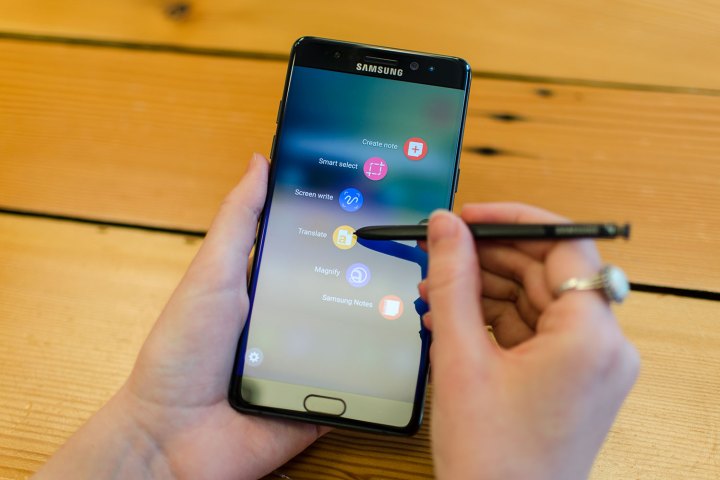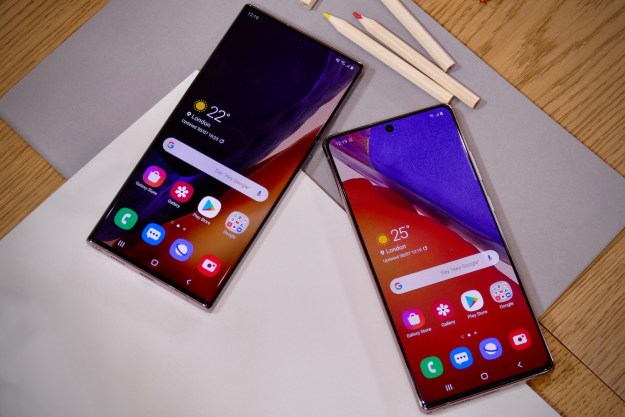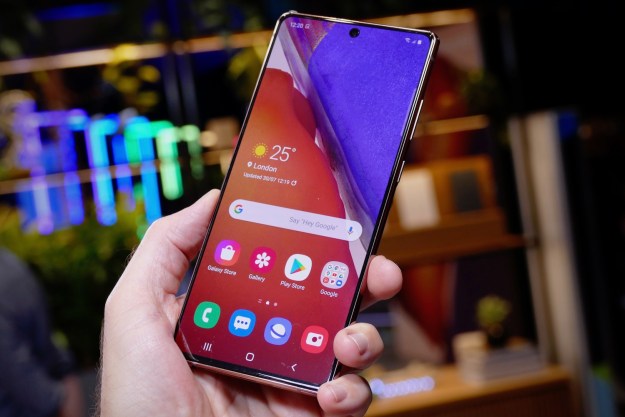
Beginning on September 12, students who either commute to school or live on campus must turn off their Galaxy Note 7 before setting foot on campus. The ban seems more like a precautionary measure, since no reported incidents related to the handset have surfaced from Stockton University.
“We have about 3,000 students that live on campus and anywhere from 10,000 individuals that come on our campus each day,” said Pedro Santana, Stockton University’s dean of students. “So we wanted to take a proactive measure and assure that the environment is safe, and free from a potential fire. The bottom line is, we don’t want it on our campus.”
According to Santana, students have been receptive to the ban, which the school said will not be lifted until Samsung’s official Galaxy Note 7 recall is over and done with. However, the measure is something that senior Elizabeth Hartman took issue with.
“I feel like, for everyone’s safety, it’s a good idea, but at the same time, the safety of the people who aren’t here that need to be in contact with someone who is here that has the phone, it’s not really good for them,” said Hartman.
Stockton’s decision to forbid the use of the Galaxy Note 7 while on campus is not an unprecedented move, seeing how everyone from the Federal Aviation Administration to multiple airlines around the world are either dissuading or preventing folks from using their Galaxy Note 7 in the plane. According to Samsung, the recall could cost the company as much as $1 billion.
Editors' Recommendations
- The one thing the iPhone 14, Galaxy S23, and Pixel 7 all get wrong
- Samsung saved your phone from a nasty security problem
- Should the Galaxy S22 Ultra replace your Note 20 Ultra?
- Leaked Samsung Galaxy Tab S8 renders show sleek design similar to the S7
- Apple Watch Series 7 vs. Samsung Galaxy Watch 4 Classic


